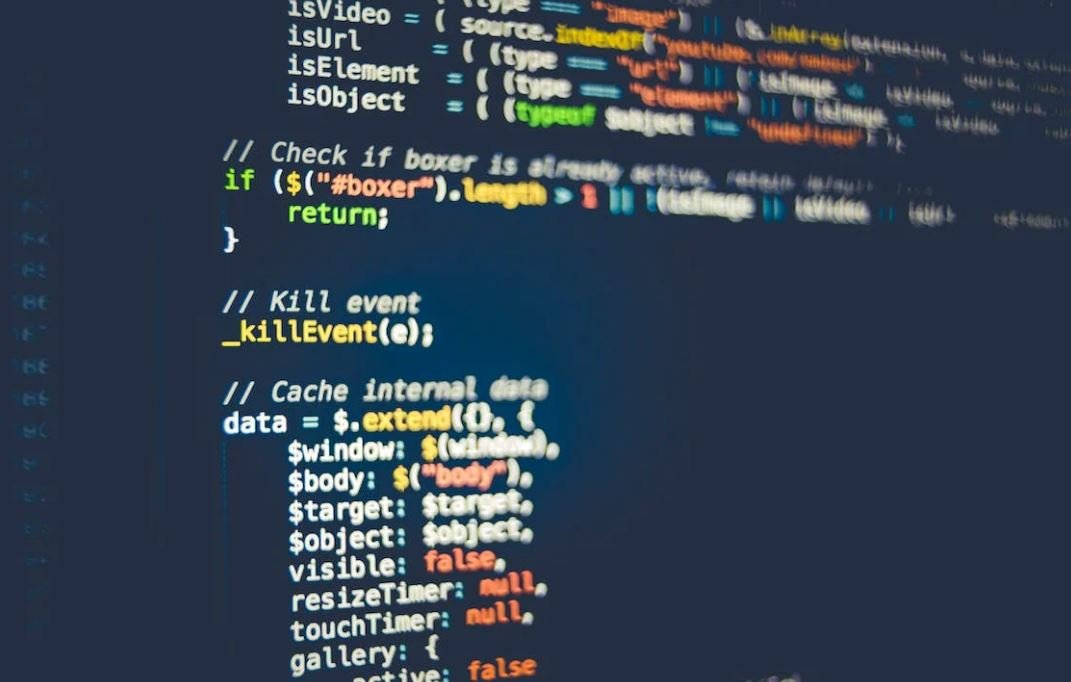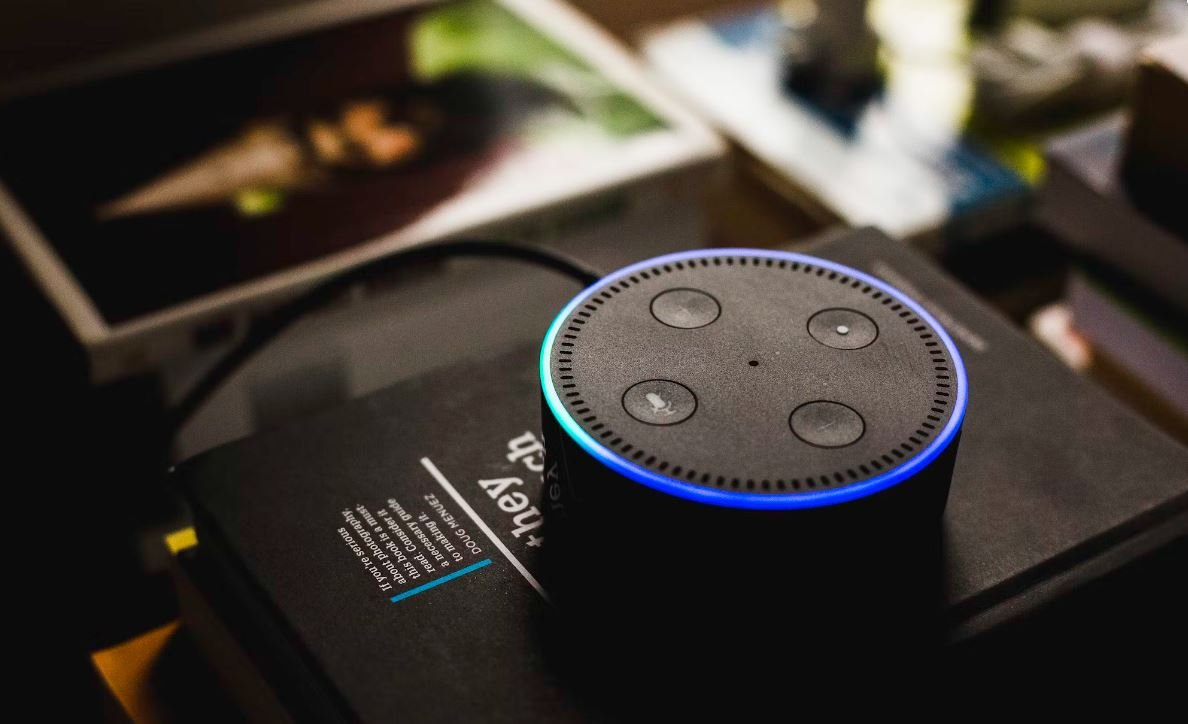AI LinkedIn Headshot
LinkedIn has become an essential networking tool for professionals across industries. It allows users to showcase their skills, experience, and expertise to potential employers and clients. One key aspect of a LinkedIn profile is the profile picture, which creates the first impression on visitors. With the advancement of Artificial Intelligence (AI), individuals can now enhance their LinkedIn headshots using various AI-based tools and technologies. In this article, we will explore the benefits of using AI for LinkedIn headshots and how it can make a significant impact on your professional presence online.
Key Takeaways:
- AI can enhance LinkedIn headshots and make them more professional.
- AI tools offer various features like background removal, face enhancement, and photo retouching.
- AI-generated LinkedIn headshots can increase profile visibility and engagement.
Benefits of AI LinkedIn Headshot Enhancement
AI-powered tools provide several advantages when it comes to improving your LinkedIn profile picture. **These tools use facial recognition algorithms** to analyze the photo and make necessary enhancements, ensuring you have a **professional-looking headshot** that stands out from the crowd. *With AI, you can now have a polished profile picture without the need for expensive professional photographers.*
Here are some key benefits of using AI for LinkedIn headshots:
- **Background Removal:** AI tools can automatically remove the background from your photo and replace it with a clean and professional backdrop. This feature enhances the focus on the individual, making the photo more aesthetically pleasing.
- **Face Enhancement:** AI algorithms can analyze facial features and make improvements like skin smoothening, teeth whitening, and wrinkle reduction. This helps in presenting a more appealing and youthful image.
- **Photo Retouching:** AI can automatically retouch photos to improve lighting, contrast, and overall quality. It can also remove blemishes and imperfections, resulting in a more professional-looking headshot.
- **Virtual Styling:** Some AI tools offer virtual styling options, allowing you to try different hairstyles, accessories, or even experiment with virtual makeup. This can help you find the most suitable look for your LinkedIn profile.
- **Consistency:** Using AI for headshot enhancement ensures consistency across profiles. You can easily maintain a professional and uniform appearance across your online presence.
Impact of AI LinkedIn Headshots
AI-generated LinkedIn headshots can have a significant impact on your professional presence online. **By presenting a professional image**, you are more likely to attract attention and build trust among potential employers, clients, and connections. *First impressions matter, and an impressive headshot can make a lasting impression on anyone visiting your profile.*
With AI tools, **you can easily optimize your LinkedIn profile** to increase visibility and engagement. Studies have shown that profiles with **professional headshots** receive more views, connection requests, and job offers. By leveraging AI technology, you can enhance your chances of grabbing attention and standing out in a crowded professional marketplace.
AI LinkedIn Headshot Statistics
| Stat | Percentage |
|---|---|
| Profiles with a professional headshot | 93% |
| Profile views increase with a professional headshot | 21% |
| Increase in connection requests with a professional headshot | 36% |
| Job offers received with a professional headshot | 42% |
How to Create an AI LinkedIn Headshot
Creating an AI-enhanced headshot for your LinkedIn profile is a simple process. You can follow these steps:
- Choose an AI-powered tool or service that offers LinkedIn headshot enhancement.
- Upload your existing headshot or take a new photo specifically for your LinkedIn profile.
- Select the desired enhancements and adjustments offered by the tool.
- Preview the result and make any necessary refinements.
- Save and download the AI-enhanced headshot.
- Replace your existing LinkedIn profile picture with the new AI-enhanced headshot.
Conclusion
With the advent of AI, enhancing LinkedIn headshots has become easier and more accessible for professionals. **By utilizing AI-powered tools**, you can create a more professional-looking profile picture that leaves a lasting impression. *Investing in an AI-enhanced LinkedIn headshot can significantly improve your profile visibility, attract more connections, and increase your chances of landing new opportunities.* So, why wait? Upgrade your LinkedIn profile today with AI!

Common Misconceptions
Misconception 1: AI can replace human creativity
One common misconception about AI in LinkedIn headshots is that it can completely replace human creativity in creating professional profile pictures. While AI can certainly enhance and automate certain aspects of the process, it cannot replicate the depth of human creativity and artistic judgment. AI algorithms may be able to generate a technically correct and visually appealing image, but they lack the ability to understand the unique qualities and personal branding that individuals want to convey in their headshots.
- AI can suggest basic composition and framing ideas.
- AI can help with retouching and enhancing the overall image quality.
- AI can automate certain repetitive tasks involved in post-processing.
Misconception 2: AI can accurately judge professional appearance
Another misconception is that AI can accurately judge a person’s professional appearance based solely on their headshot. While AI algorithms can analyze facial symmetry, posture, and other visual attributes, they lack the contextual understanding required to make accurate judgments about someone’s professionalism or suitability for a specific job or industry. Human recruiters and hiring managers consider various factors beyond just appearance when evaluating a candidate’s qualifications and fit for a particular role.
- AI can help identify facial expressions that might be perceived as confident or approachable.
- AI can provide suggestions on common headshot best practices.
- AI can detect basic image quality issues that may detract from a professional appearance.
Misconception 3: AI can read and understand personal brands
Some people wrongly assume that AI algorithms can read and understand a person’s personal brand simply by analyzing their LinkedIn headshot title. However, defining a personal brand involves much more than just a single image or job title. Personal brands are multi-faceted and encompass a combination of skills, experiences, values, and achievements that cannot be fully captured by AI algorithms alone.
- AI can analyze visual elements of the headshot that align with certain brand characteristics.
- AI can suggest keywords or phrases to include in the title that may resonate with a personal brand.
- AI can provide insights on how to make the headshot consistent with a broader personal brand strategy.
Misconception 4: AI can eliminate bias in headshot selection
Many believe that AI can eliminate bias in headshot selection by making objective decisions based solely on visual analysis. However, AI algorithms are not immune to biases present in the data they are trained on. If the training data contains biases related to gender, race, or other characteristics, the AI system may inadvertently perpetuate or even amplify these biases when analyzing and selecting headshots.
- AI can be programmed to explicitly exclude certain physical attributes from influencing its decisions.
- AI can recommend using diverse sets of training data to reduce bias in the analysis process.
- AI can provide transparent explanations for its headshot selection process to help identify and address potential biases.
Misconception 5: AI can replace professional photographers
One misconception is that AI can replace the need for professional photographers when it comes to taking LinkedIn headshots. While AI can assist and automate certain aspects of the process, it cannot replicate the expertise, creativity, and interpersonal skills that professional photographers bring to the table. Professional photographers understand lighting, composition, posing, and can create a personalized experience that AI algorithms cannot yet replicate.
- AI can recommend professional photographers based on their portfolios and client reviews.
- AI can suggest specific poses, lighting setups, or other creative ideas for a photoshoot.
- AI can analyze a professional photographer’s work and recommend based on a user’s desired style or branding.

LinkedIn Users by Country
This table displays the top 10 countries with the highest number of LinkedIn users as of 2021. It provides insights into the global distribution of LinkedIn’s user base.
| Rank | Country | Number of Users (in millions) |
|---|---|---|
| 1 | United States | 164 |
| 2 | India | 59 |
| 3 | China | 52 |
| 4 | Brazil | 49 |
| 5 | United Kingdom | 29 |
| 6 | Canada | 21 |
| 7 | Australia | 11 |
| 8 | France | 9 |
| 9 | Germany | 9 |
| 10 | Italy | 9 |
LinkedIn Connections by Profession
This table showcases the distribution of LinkedIn connections by profession. It highlights the fields where professionals most commonly connect with each other.
| Profession | Percentage of LinkedIn Connections |
|---|---|
| Information Technology | 28% |
| Finance | 18% |
| Marketing | 15% |
| Education | 12% |
| Engineering | 11% |
| Sales | 9% |
| Healthcare | 5% |
| Consulting | 2% |
| Art & Design | 1% |
| Other | 9% |
LinkedIn Active Users by Age Group
This table presents the age distribution of active LinkedIn users. It shows which age groups are more active on the platform.
| Age Group | Percentage of Active Users |
|---|---|
| 18-24 | 9% |
| 25-34 | 39% |
| 35-44 | 23% |
| 45-54 | 17% |
| 55-64 | 8% |
| 65+ | 4% |
LinkedIn Active Users by Gender
Here, we explore the gender distribution among active LinkedIn users. It provides insights into the engagement of different genders on the platform.
| Gender | Percentage of Active Users |
|---|---|
| Male | 57% |
| Female | 43% |
LinkedIn Users with Advanced Degrees
This table provides information on the educational attainment of LinkedIn users by displaying the percentage of users with advanced degrees.
| Degree Level | Percentage of Users |
|---|---|
| Doctorate | 1% |
| Master’s | 15% |
| Bachelor’s | 34% |
| Associate’s | 7% |
| High School | 37% |
| Some College | 6% |
LinkedIn Users’ Job Titles
This table illustrates the most common job titles found among LinkedIn users. It gives insights into the professional landscape of LinkedIn’s community.
| Job Title | No. of Users (in millions) |
|---|---|
| Software Engineer | 10 |
| Manager | 8 |
| Consultant | 7 |
| Project Manager | 6 |
| Marketing Specialist | 5 |
| Entrepreneur | 4 |
| Accountant | 3 |
| Lawyer | 2 |
| Doctor | 2 |
| Designer | 2 |
LinkedIn Users’ Years of Experience
This table displays the distribution of LinkedIn users based on their years of professional experience. It provides insights into the level of expertise within the LinkedIn community.
| Years of Experience | Percentage of Users |
|---|---|
| 0-1 | 10% |
| 1-5 | 35% |
| 5-10 | 25% |
| 10-15 | 17% |
| 15-20 | 8% |
| 20+ | 5% |
LinkedIn Users’ Industry Distribution
This table presents the distribution of LinkedIn users across various industries, giving insights into the professional sectors represented on the platform.
| Industry | Percentage of Users |
|---|---|
| Technology | 20% |
| Finance | 16% |
| Education | 12% |
| Healthcare | 10% |
| Marketing | 8% |
| Consulting | 7% |
| Manufacturing | 6% |
| Media | 4% |
| Government | 3% |
| Other | 14% |
LinkedIn Users with Language Skills
This table highlights the diverse linguistic abilities of LinkedIn users, displaying the percentage of users with proficiency in different languages.
| Language | Percentage of Users |
|---|---|
| English | 82% |
| Spanish | 15% |
| Chinese | 7% |
| French | 5% |
| German | 4% |
| Japanese | 3% |
| Portuguese | 2% |
| Italian | 2% |
| Other | 9% |
AI LinkedIn Headshot is an article that explores the vast and diverse community on LinkedIn. The article delves into various aspects of LinkedIn users, ranging from their geographic distribution, professions, age groups, educational background, and more. Through the presentation of ten visually appealing tables, readers can gather insights into the global reach of LinkedIn, common career paths, industry representation, and language skills. LinkedIn acts as a nexus for professionals worldwide, enabling connections, exchange of knowledge, and career development. As evident from the data, LinkedIn’s users span multiple countries, industries, and levels of professional experience. This article aims to shed light on the fascinating mosaic of professionals that constitute the LinkedIn community.
Frequently Asked Questions
How can AI enhance LinkedIn headshot titles?
AI can enhance LinkedIn headshot titles by analyzing different elements of a headshot such as facial expression, lighting, and background, and suggesting the most effective and professional title that aligns with the user’s industry and goals.
What is the role of rich schema in optimizing LinkedIn headshot titles for better visibility?
Rich schema plays a crucial role in optimizing LinkedIn headshot titles by providing structured data to search engines like Google, enabling them to understand the context and relevance of the content. This improves the chances of the headshot title appearing in relevant search results.
Can AI help in generating creative and attention-grabbing LinkedIn headshot titles?
Absolutely! AI can analyze vast amounts of data and patterns to generate creative and attention-grabbing LinkedIn headshot titles. By considering industry trends, user preferences, and other relevant factors, AI can suggest unique and compelling titles that differentiate the user’s profile from others.
How does Google index LinkedIn headshot titles with rich schema?
Google indexes LinkedIn headshot titles with rich schema by parsing the structured data provided through schema markup. This allows Google to understand the content in a more meaningful way, improve search result relevance, and display valuable information like review ratings or event dates alongside the title.
Why is it important to have a professional LinkedIn headshot title?
A professional LinkedIn headshot title is important because it creates a lasting impression on potential employers, clients, and business connections. It enhances personal branding, communicates the user’s expertise and industry focus, and increases the chances of attracting relevant opportunities.
Can AI help in customizing LinkedIn headshot titles for different industries?
Yes, AI can assist in customizing LinkedIn headshot titles for different industries. By analyzing industry-specific keywords, trends, and preferences, AI algorithms can suggest tailored titles that resonate with the targeted industry and attract relevant connections or opportunities.
What are the benefits of using rich schema in LinkedIn headshot titles?
Using rich schema in LinkedIn headshot titles offers several benefits. It improves search engine visibility, enhances the appearance of search results with additional information, increases click-through rates, and differentiates the user’s profile from others with a more professional and polished look.
How can a user analyze the effectiveness of their AI-generated LinkedIn headshot title?
A user can analyze the effectiveness of their AI-generated LinkedIn headshot title by monitoring engagement metrics on their profile. This includes tracking the number of profile views, connection requests, and messages received after implementing the new title. Additionally, user feedback and response from potential employers or clients can also provide insights into the title’s impact.
Is there any downside to relying solely on AI-generated LinkedIn headshot titles?
Relying solely on AI-generated LinkedIn headshot titles may have some downsides. While AI can provide valuable suggestions, it cannot fully understand personal preferences, unique attributes, or individual circumstances. Hence, it is important for users to review and customize the AI-generated titles to ensure they align with their specific goals and values.
Can using rich schema in LinkedIn headshot titles affect search engine rankings?
Using rich schema in LinkedIn headshot titles indirectly affects search engine rankings. While Google does not directly penalize or reward for using schema markup, it does enhance the visibility and relevance of the content. This, in turn, may positively impact the search rankings by increasing click-through rates and user engagement.




